In the world of oral care devices, particularly water flossers and portable irrigators, two recurring issues often surface in user feedback: hose rupture and gum discomfort. While at first glance these may seem like independent problems—one mechanical, the other user-centric—they are more closely linked than most manufacturers assume. Understanding this relationship is crucial for OEM/ODM suppliers aiming to improve product quality and user satisfaction.
A hose rupture refers to internal or external cracking, splitting, or bursting of the fluid delivery tube due to:
This rupture can be partial (micro-leaks, hairline cracks) or complete (visible burst), both of which can severely affect fluid dynamics.
When a hose ruptures, even minutely, it disrupts the pressure equilibrium and flow consistency. Instead of a steady, focused jet, users may experience:
This instability in water delivery is one of the hidden contributors to gum discomfort, as the user’s soft tissues are exposed to unexpected force or erratic spray contact. Company web: https://www.powsmart.com/product/electric-toothbrush/
Gum discomfort manifests in various forms:
When the water flow becomes inconsistent, it may hit soft tissues with higher-than-expected force, especially in sensitive gum areas, leading to microabrasions or long-term irritation. Many users mistake this for a device being “too powerful,” not realizing the true cause is internal hose rupture.
In a typical B2B manufacturing context, hose defects often go undetected because:
This misattribution makes hose rupture a silent failure mode that erodes product reliability over time.
To prevent gum discomfort caused by hose rupture, suppliers and manufacturers should implement:
Improved hose integrity directly contributes to more comfortable, reliable, and safe water flossing.
For B-end customers, unresolved hose rupture issues can result in:
Addressing the link between hose rupture and gum discomfort isn’t just a product improvement—it’s a strategic move for long-term market competitiveness.
While often overlooked, hose rupture is a critical root cause behind many cases of gum discomfort. Manufacturers and B2B buyers should consider them not as isolated failures but as interconnected indicators of design and production robustness. Investing in durable hose materials and refined testing protocols is essential for protecting both device integrity and end-user health. Contact us
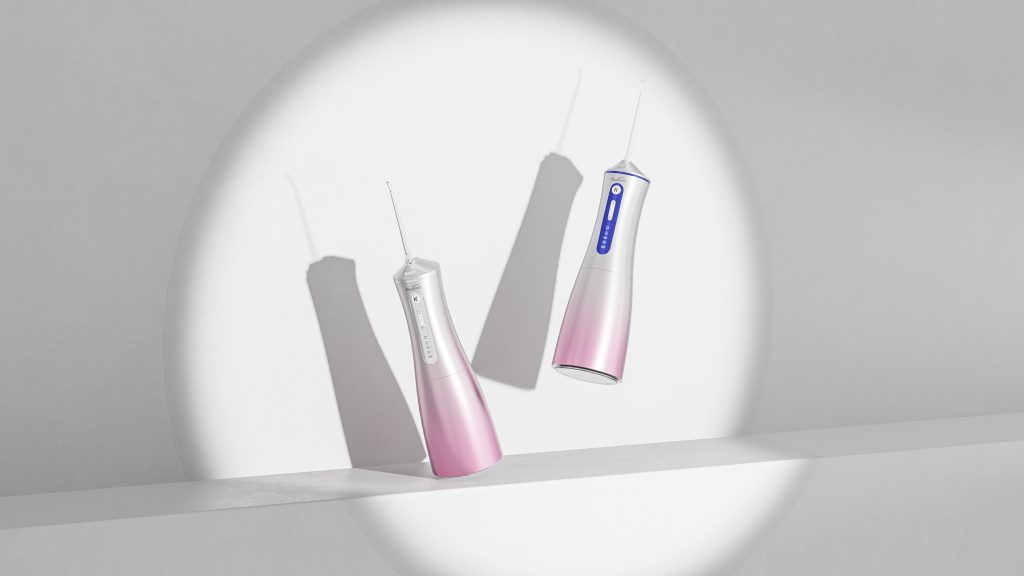
Smart Pressure Sensor Toothbrush Supplier | Intelligent Brushing Solutions
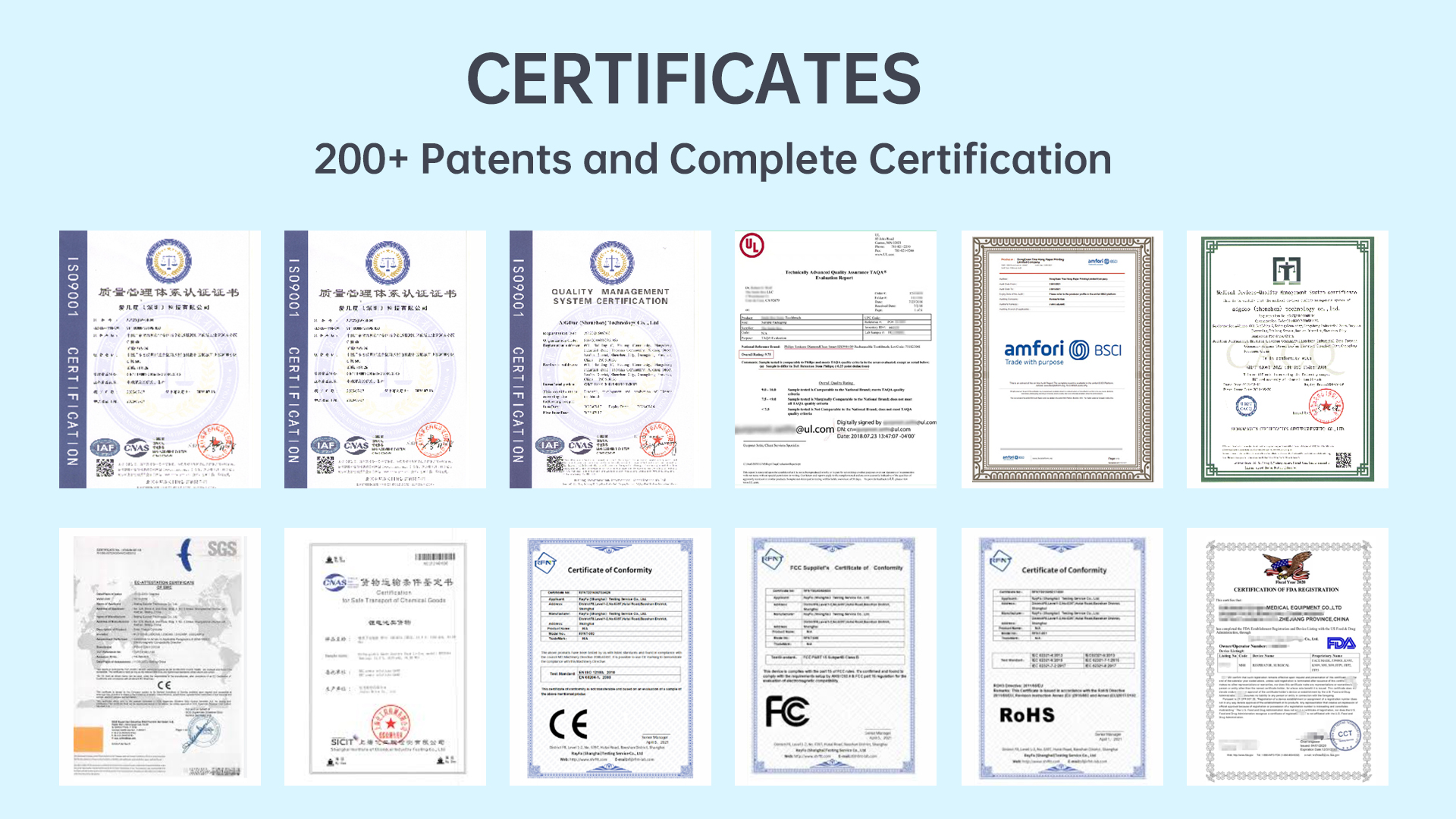
How Does a Pulsed Water Flow Irrigator Combine with a Sterile Water Tank Flosser for Superior Hygiene?
Professional Whitening Electric Toothbrush Supplier | Advanced LED Oral Care by Powsmart
Pump Failure Plus Weak Suction – Terminal Malfunction?
Nerve Sensitivity from Inconsistent Spray – What’s Causing the Irritation?
.jpg)
Can a Magnetic Levitation Motor Define a Quiet Toothbrush Manufacturer?
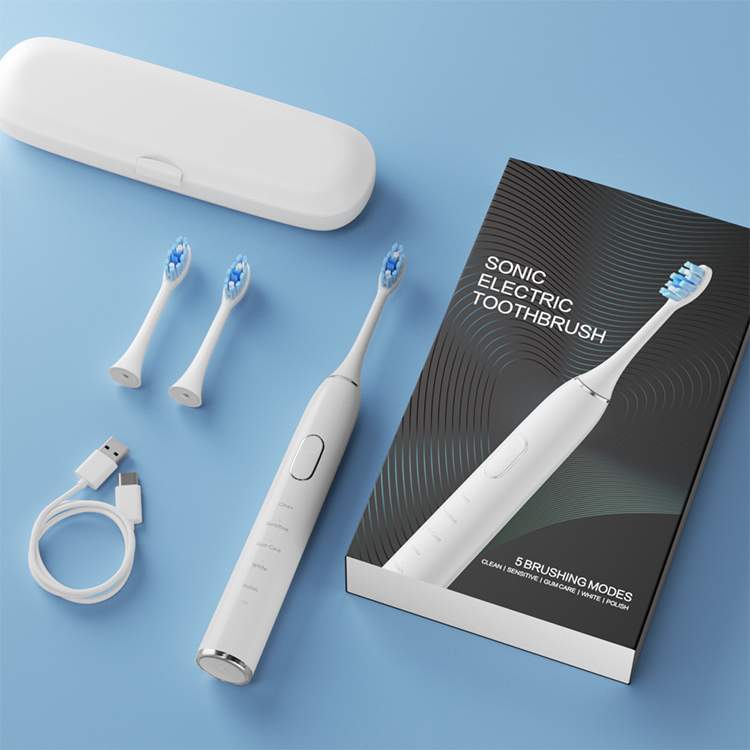
How Does Expert Electric Toothbrush Mold Design Benefit a Custom Toothbrush Factory?
Tank Scaling Causing Part Incompatibility?
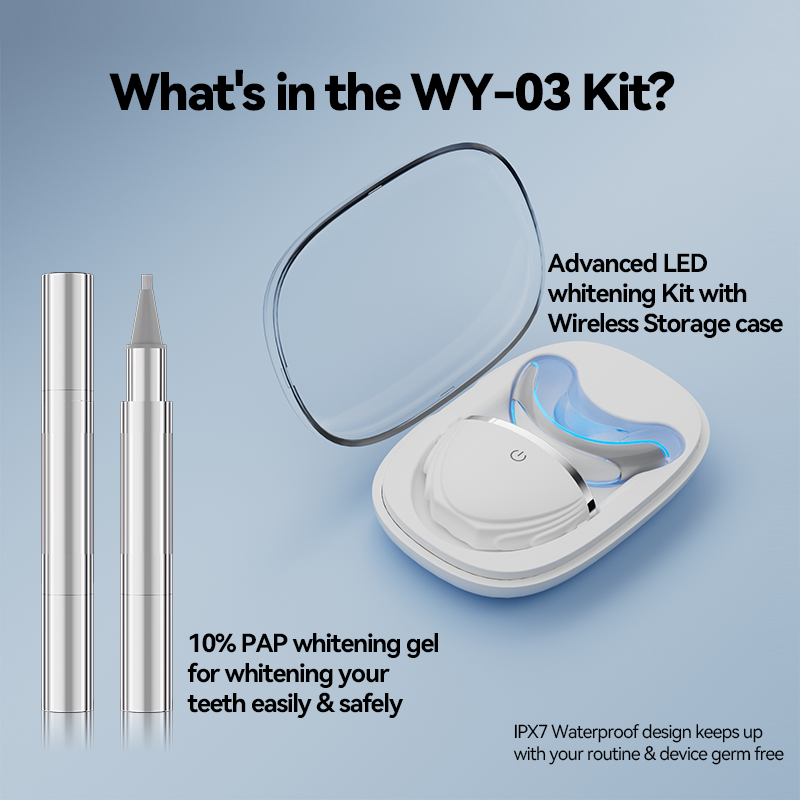
What Gives Some Teeth Whitening Devices Competitive advantage?
.jpg)
sonic electric toothbrush Los Angeles
ergonomic electric toothbrush handle OEM
Premium Sonic Toothbrush Wholesale | Professional Quality for Global Brands
.jpg)
Why Consumers Prefer electric vs manual toothbrush – And How Brands Can Benefit
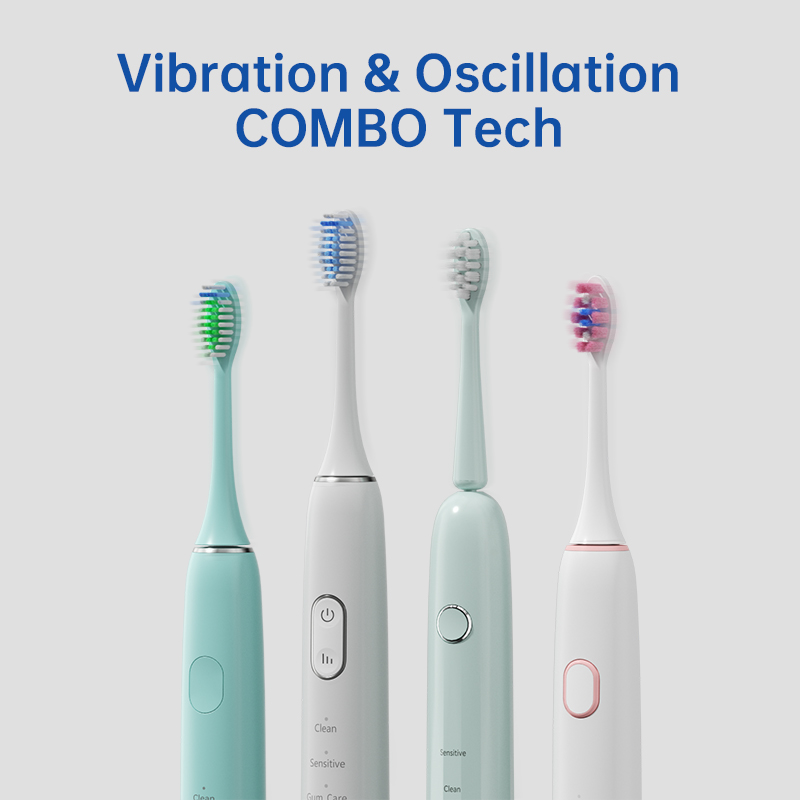
Capitalizing on US Demand: The Rising Trend of Water Flosser & Toothbrush Combos
1-scaled.jpg)
Looking for Teeth Whitening Gel OEM Services for Your Cosmetic Dentistry Products?
Filter Clogging Leading to Slow Charging?

Customization Teeth Whitening Gel

electric toothbrush heads Ultra Soft

electric toothbrush heads Charcoal Infuse-Round

electric toothbrush heads Regular Clean
.jpg)
Florida Electric Toothbrush – Powsmart PTR-C8

Private Label Whitening Gel

Electric toothbrush heads Charcoal Infused-Diamond

electric toothbrush heads Deep Clean
whstapp
whstapp
National Toll-Free Service Hotline
+86 755 86238638